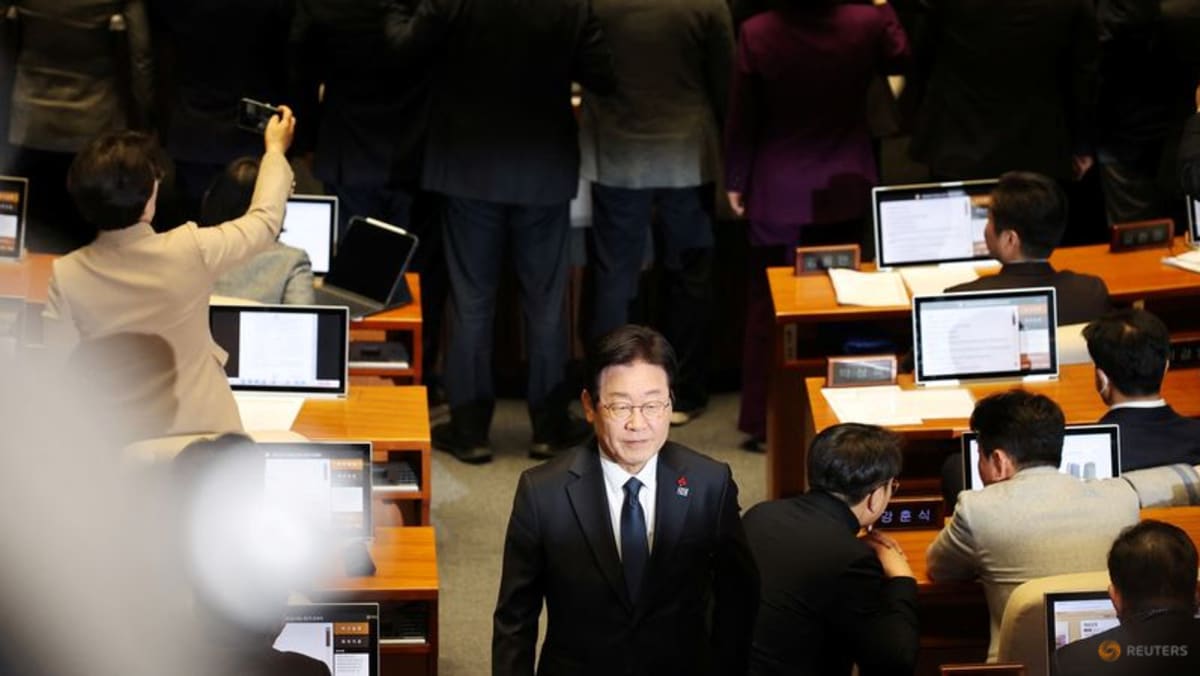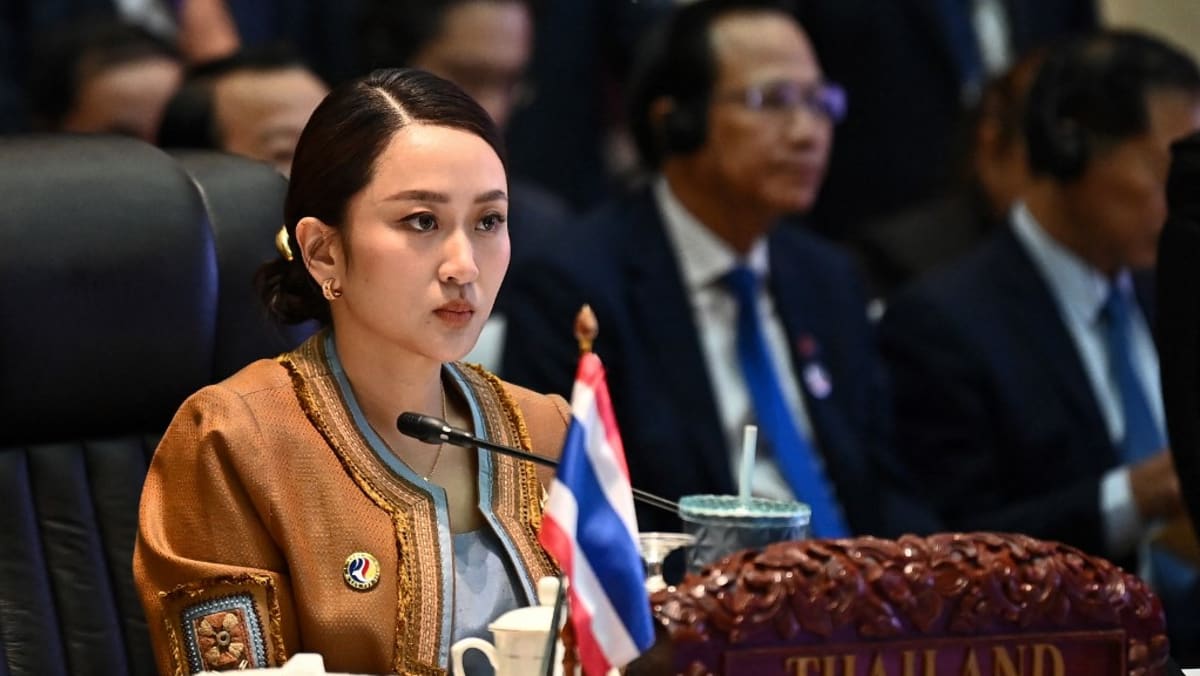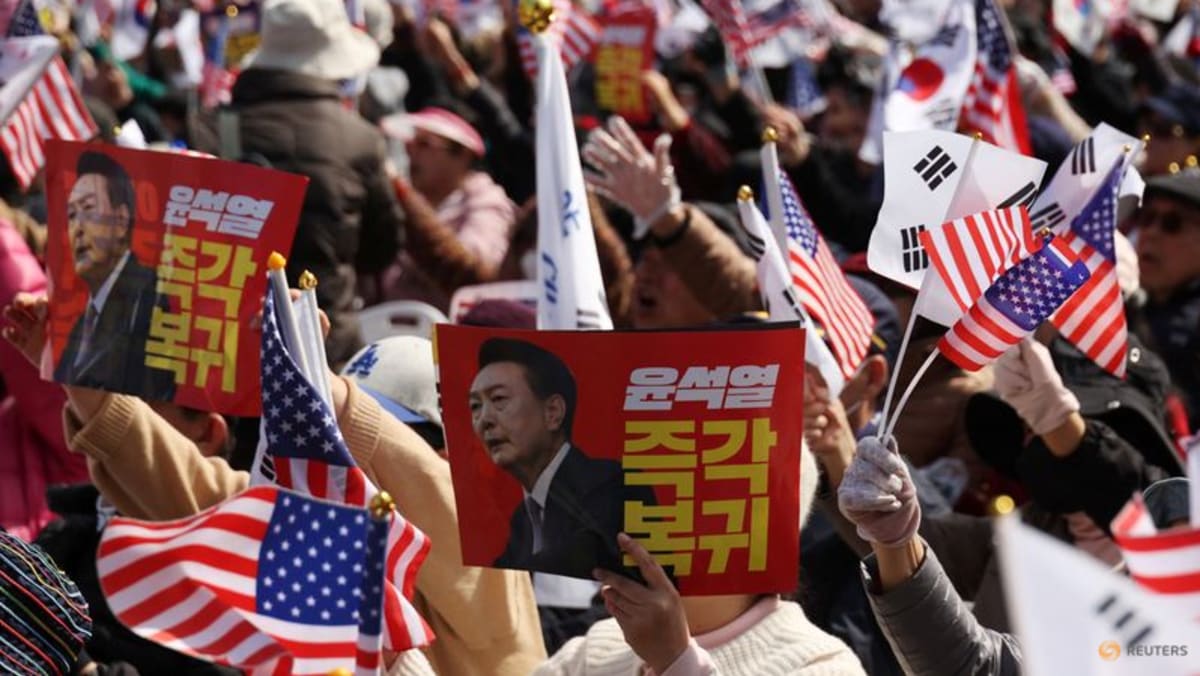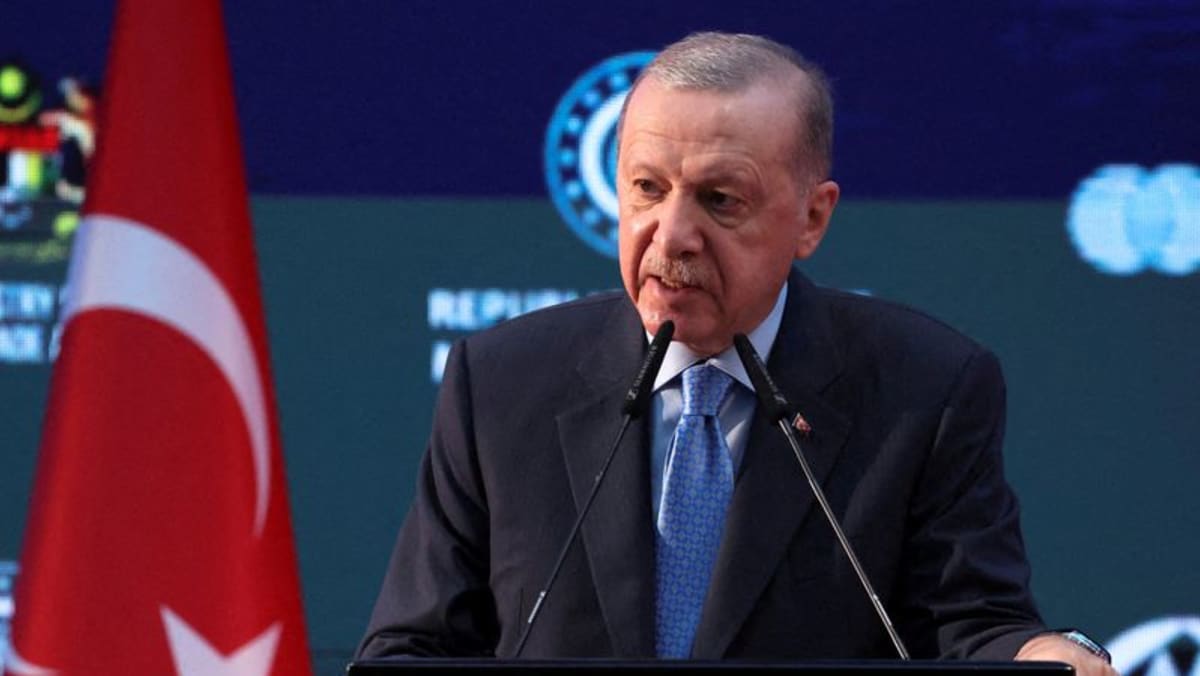‘Ideas, industries, governance models’: Chan Chun Sing on how Suzhou Industrial Park helps China connect with the world

A “BEACON” FOR THE WORLD
Established in 1994 in the city of Suzhou in China’s Jiangsu province, Suzhou Industrial Park is the first government-to-government project between Singapore and China. It has been a platform for Singapore to share its industrialisation experience and governance model with China.
Spanning 278 sq km, the park has evolved into a modern integrated township, home to 1.13 million residents and housing a China-Singapore cooperation area.
Suzhou Industrial Park is one of China’s top industrial zones. It recorded a regional gross domestic product (GDP) of 368.6 billion yuan (US$51.4 billion) in 2023, a 5.9 per cent growth year-on-year. That figure was about 15 per cent of Suzhou city’s GDP that year.
Sectors in focus at the park have changed together with the times. Mr Chan shared that more attention is currently being paid to sectors such as clean energy, biomedical sciences and digital innovation.
For instance, Singapore’s Eagle Renewable Energy has partnered with China-Singapore Green Development to explore opportunities in the renewable energy space in China, while Sembcorp and Zooming New Energy are looking at collaboration in the deployment of large-scale wind and solar power projects.
But Mr Chan stressed that Singapore has always viewed the bilateral project as more than an industrial park.
“It is a symbol of our commitment … to work with China to develop something that allows China to connect with the world, for the world to build confidence with China. So that is fundamental,” he said in response to questions from reporters.
Mr Chan assumed the role of minister-in-charge of the Suzhou Industrial Park on Sep 9. The project is typically overseen at the ministerial level by the trade and industry minister, said the Ministry of Trade and Industry (MTI).
The move was made following Deputy Prime Minister and Trade and Industry Minister Gan Kim Yong’s appointment as co-chair of the Joint Council for Bilateral Cooperation (JCBC) and related joint steering council meetings for the Singapore-China government-to-government projects, MTI explained. The JCBC is the highest-level annual forum between China and Singapore.
Mr Chan described the bilateral project as a “beacon” of how China can connect with the world, suggesting that this point is particularly pertinent in the current geopolitical climate.
Tensions between China and the United States have been escalating as both sides remain at odds on issues like trade, Taiwan, as well as the Russia-Ukraine war.
The tussle has also increasingly involved the wider West, with the European Union just recently voting to impose tariffs as high as 45 per cent on electric vehicles from China after finding that Beijing unfairly subsidised its industry.
China has repeatedly denied the claim. It has in turn threatened tariffs on a raft of European products, potentially shifting a trade dispute into higher gear.
“To a large extent, China is now much more integrated with the world. The world understands China better. But every now and then, including the current moment, there will always be people who will continue to lack confidence in China’s future. There will be people who will perhaps need to know more about China,” said Mr Chan.
“So in that sense, the role of Suzhou (Industrial Park) as a beacon for China’s connection with the world continues to remain relevant, and if anything, at this point in time, in this current moment, it is more relevant than ever before.”
EXPLORING FURTHER LINES OF COOPERATION
At the same time, Mr Chan elaborated on the factors underpinning the development of Suzhou Industrial Park, and what potentially lies ahead in wider collaboration between Singapore and China.
He singled out a deep sense of trust as a key driver, noting that this was required for China to open up and try new ideas within its borders with a foreign partner. Mr Chan added that this trust must “permeate at all levels”, and be continuously honed.
A deep understanding of each other’s needs and aspirations is another driving factor, said the minister.
“It’s not about what we want to do, what they want to do, it’s what we can find common ground to do together,” said Mr Chan.
“There’s no point for us to propose any project … unless both sides see mutual benefits and both sides can draw on each other’s respective strengths.”
Source: CNA














